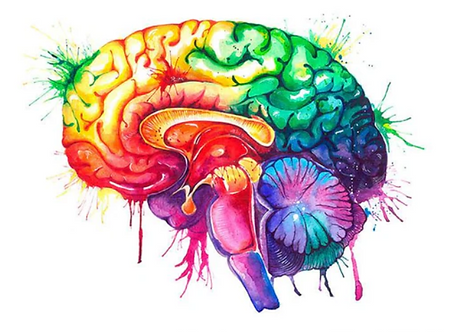
Teaching
I have extensive experience teaching anatomy to a range of students from diverse backgrounds, including undergraduate (Biology majors and non-science majors) and post-graduate students (e.g., medical, dental, physical and occupational therapy, nursing). I have also taught anatomy using many different approaches (e.g., regional, systemic, problem-based learning, integrated curriculum, cadaver-based, models-based, synchronous online, asynchronous). Anatomy teaching presents a unique challenge - itis important to make important links between systems and gain an appreciation of the remarkable complexity of function of the human body, rather than just memorizing names.

BIOS 446/546
Gross Human Anatomy
Gross anatomy of the human body, with functional, histological, developmental, and clinical correlates. This course utilizes a regional approach to the study of the structure and function of the muscular and skeletal systems of the head, neck, trunk, and extremities. The nervous and vascular systems are studied as they pertain to the muscular systems.

BIOS 459/559
Human Neurobiology
This course covers the basic organization of the central nervous system with an emphasis on the neural systems in the brain and spinal cord that mediate sensation, motivate bodily action, and integrate sensorimotor signals with memory as well as pathways and diseases affecting the CNS. In the online laboratory students will identify components of the brain, spinal cord, nerves, and neurons utilizing models and cadaver images.

BIOS 429/629
Human Embryology
Progression of human embryonic development from fertilization to parturition. Emphasis on description of development in major organ systems of the body and selected cellular and molecular mechanisms that induce these systems.